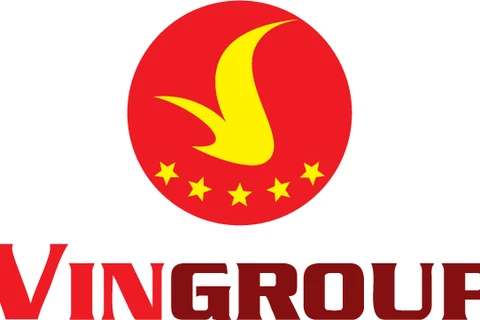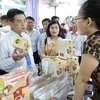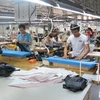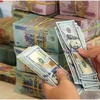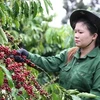HCM City (VNA) – Vietnam’s stock market and fund certificate value reached 3.36 quadrillion VND (148.17 billion USD) in 2017, equivalent to 74.6 percent of the country’s GDP.
The listing of a number of major businesses drew both domestic and foreign capital into the stock market this year.
The HCM Stock Exchange (HOSE) said by the end of December 2017, market capitalisation on HOSE exceeded 2.5 quadrillion VND (nearly 110 billion USD).
Companies with the biggest contribution to the market size included Vietnam Dairy Products Joint Stock Company (VNM), Vingroup (VIC), and PetroVietnam Gas Joint Stock Corporation (GAS). They are also the firms with the largest market capitalisation on both HOSE and the country’s stock market.
The divestment of State capital, equitisation and listing of many big enterprises considerably influenced the market. The 10 largest-cap stocks alone accounted for 56 percent of market value, HOSE noted.
The stock market also got a boost in late 2017 when the Ministry of Industry and Trade sold 343.6 million shares or a 53.6 percent stake of the Saigon Beer, Alcohol and Beverage Corporation Sabeco (SAB), gaining an estimated 110 trillion VND (4.8 billion USD).
Recently, Binh Son Refining and Petrochemical Company Limited (BSR) introduced investment opportunities. Foreign investors can own a maximum of 49 percent of BSR’s charter capital.
The State Capital Investment Corporation (SCIC) also held roadshows at HOSE to publicise the sale of its stake at Tien Phong Plastic Joint Stock Company (NTP), Binh Minh Plastic Joint Stock Company (BMP), Domesco Medical Import-Export Joint Stock Corporation (DMC), and FPT Telecom Joint Stock Company (FPT). All of these firms are among the 30 companies with biggest market capitalisation in Vietnam.
According to the recent Global Wealth Report of Credit Suisse, Vietnam is among the world’s leading markets in terms of market capitalisation growth in 2016 and 2017. Notably, the market capitalisation of VNM rose by 5 billion USD, VIC by 3.6 billion USD and GAS by 2.7 billion USD.
Deputy Minister of Finance Tran Xuan Ha lauded the local stock market’s performance in 2017. While market capitalisation was equivalent to more than 70 percent of GDP – the target for 2020, the derivatives market was launched, helping develop Vietnam’s stock market.
Data from the State Securities Commission showed that by December 19, 2017, the VN Index had reached 951.42 points, up 43 percent from the end of 2016 and also the highest level in almost 10 years.
There are 731 stocks and fund certificates listed on HOSE and the Hanoi Stock Exchange (HNX) at present. They registered to trade nearly 959 trillion VND (42.29 billion USD) worth of their shares on the exchanges, up 30 percent from last year.-VNA
VNA




